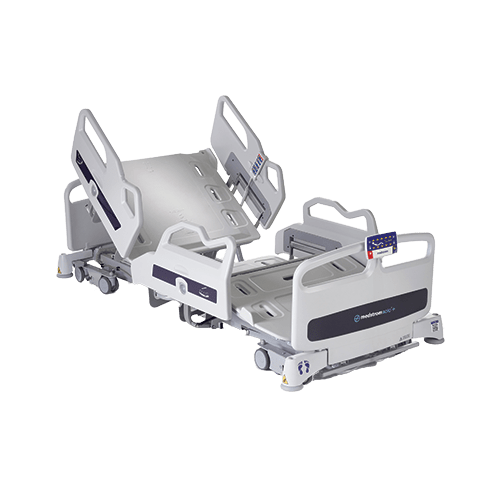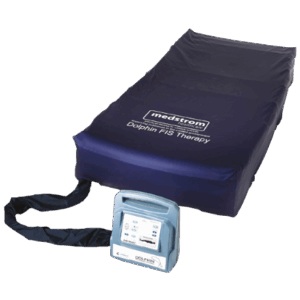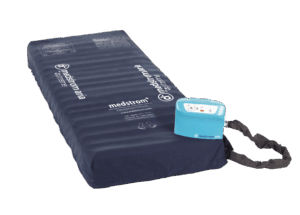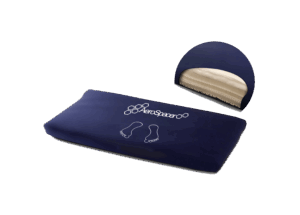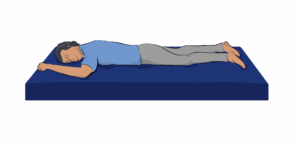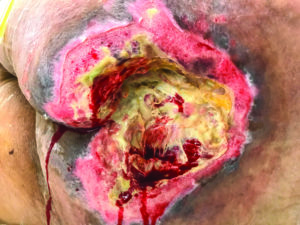
Part 2: How Do I Prevent Pressure Ulcers?
Part 2: Early Intervention
The use of a risk assessment tool is used throughout nursing practice in patient assessment and monitoring of aspects of their care such as MUST, falls, moving and handling, and wound assessment. Additional to this, it’s important to remember clinical judgment is used to assess what may occur in the patient journey. For example, a patient going for surgery/interventions where it is known they will be ‘nil by mouth’ for an extended period post intervention, are referred to a dietitian. A patient may have a history of falls, so the decision is made to ensure they have access to an ultra-low bed.
Therefore, the use of clinical judgement with pressure ulcer risk may not be anything new. For example, a surgical patient may be mobile on admission for planned neurosurgery or cardiology surgery. However, post-operatively, they may be ventilated, immobile, contraindicated to repositioning and as a result, the risk for pressure ulcers will significantly increase. It is therefore imperative to think proactively and ensure appropriate equipment, such as a specialist surface, is ready and available for the patients return.
The EPUAP1 recommends “continue to turn and reposition the individual regardless of the support surface in use. Establish turning frequency based on the characteristics of the support surface and the individual’s response”. Whilst in practice, repositioning forms basic nursing care, there may be some patients, such as post-operative or end-of-life, where this is not possible or may be limited. The decision should be made by senior clinicians and should only be limited where absolutely necessary. For patients where this decision is made, it is important to consider specialist equipment that may assist with this challenge such as Multicare, Eleganza 5 or TurnCair. The use of a highly specialist surface such as Dolphin Therapy may also be required to give the patient optimum protection is they are unable to be repositioned.
How Do I Prevent Pressure Ulcers Series
Pressure Ulcers: Everything You Need To Know





